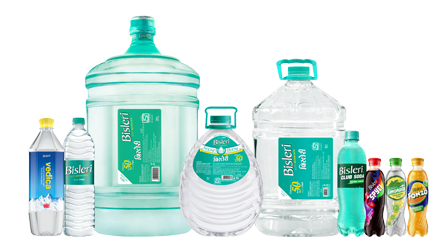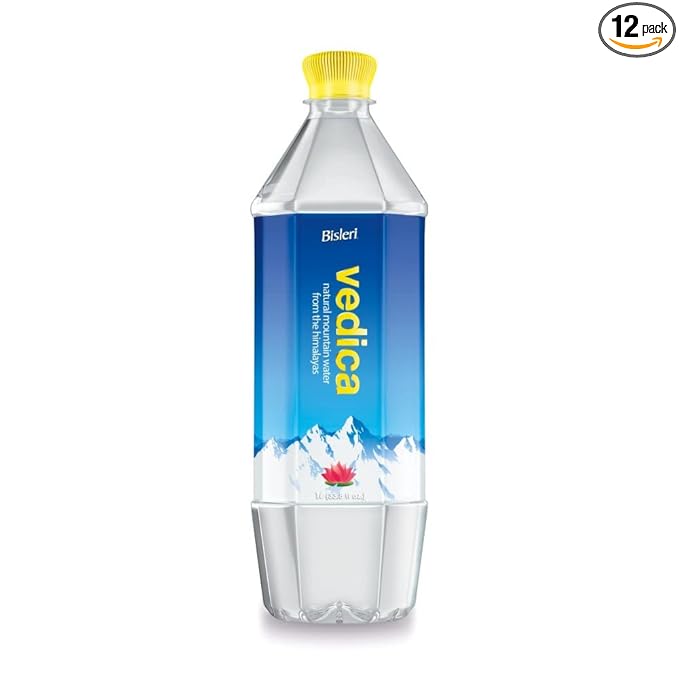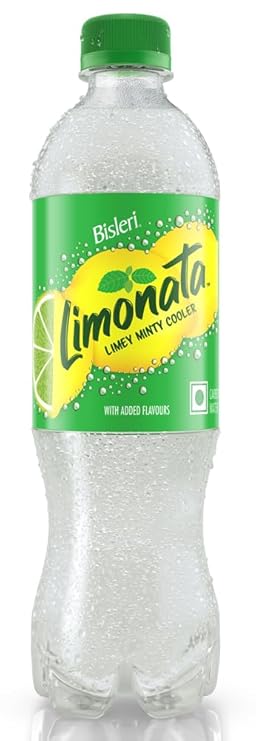Brand Overview
Brand:
Bisleri
Parent Company:
Parle Agro (Ramesh Chauhan)
Core Categories:
Beverages
Taglines Over the Years:
- Play it Safe
- Har Pani Ki Bottle Bisleri Nahin
- Samajhdaar Jaante Hain, Bisleri Hi Peete Hain
Market Context at Launch
1960s India:
- Bottled water was a non-existent category in India.
- Most people trusted municipal water or boiled their own at home.
- Consumption of packaged water was limited to elite hotels and foreign visitors.
- Introduced by an Italian doctor-businessman as mineral water for the affluent.
- In 1969, Parle (Ramesh Chauhan) acquired Bisleri and began Indianizing the product.
Marketing Mix (4Ps)
Product Strategy
Core Product:
- Packaged drinking water, now available in multiple SKUs:
- 250 ml cup
- 500 ml, 1L, 2L PET bottles
- 5L, 10L, 20L cans (for homes/offices)
- Glass bottles for premium segment (e.g., hotels)
- Bisleri Vedica – premium Himalayan mineral water
- Bisleri Soda – club soda
- Bisleri Limonata, Spyci, Fonzo – short-lived fruit-based fizzy drinks
- Bisleri@Doorstep – home delivery service for bulk packs
- Purity, safety, and consistency – reinforced with a 10-stage purification process.
- Emphasis on trustworthiness and hygiene, especially post-2000s.
Pricing Strategy
- Mass-market approach: Affordable pricing starting at ₹10–₹20 for small packs.
- Larger 5L/20L cans priced economically for daily home/office use.
- Vedica mineral water and glass bottles priced at a premium, targeting high-end hotels and export markets.
- Aggressive pricing to fight regional unbranded competitors.
Promotion Strategy
Positioning Evolution:
- Initially positioned as “pure water” for elite.
- Shifted to a mass product with aspirational hygiene value.
- In the 2000s and 2010s, focused on brand authenticity vs counterfeits.
- Encouraged consumers to opt for safe packaged water rather than unknown sources.
- A witty reminder that generic-looking bottles aren't all Bisleri.
- Featured memorable camel characters “Badal” and “Bijli”, creating humorous yet sharp recall.
- Targeted urban youth with confidence, smart choice, and hygiene cues.
- Heavy outdoor advertising, transit media (railway stations, airports), and TV.
- Recently increased focus on digital storytelling and e-commerce integration.
Distribution Strategy
- Massive reach: 1.2+ million outlets across India
- Present in general trade, modern trade, airports, offices, restaurants, dhabas, hospitals, railways, schools
- Bisleri@Doorstep: home delivery of bulk water cans in metros and Tier-2 cities
- Expanded to Nepal, UAE, and other nearby markets
- Uses a hub-and-spoke model with 120+ bottling plants (company-owned and franchisee).
- Ensures fresh water sourcing, local production, and fast distribution.
Competitive Landscape
Major Competitors:
- Aquafina (PepsiCo)
- Kinley (Coca-Cola)
- Bailley (Parle Agro)
- Himalayan (Tata Global Beverages)
- Local unbranded/regional players (significant in Tier-2/3)
Bisleri's Edge:
- First-mover advantage and high brand recall.
- Largest and most trusted name in packaged water.
- Pan-India presence and agile pricing for different markets.
- Strong in-house bottling + franchise mix ensures quality control.
Challenges & Strategic Responses
Challenges:
- Genericization of the brand: “Bisleri” became synonymous with bottled water.
- Counterfeit and lookalike brands mimicking bottle design and labels.
- Low margins and high logistics costs in water business.
- Health trend pushing people towards in-home purifiers.
- Launched anti-counterfeit education campaigns.
- Filed legal suits and ran PSA-style ads about fake bottles.
- Strengthened back-end logistics, tech-driven quality checks.
- Expanded offerings with flavored and mineral waters for premium consumers.
Consumer Perception & Emotional Connect
- Widely seen as the default choice for safe drinking water.
- Emotional associations with travel, health, hospitality, and convenience.
- Seen as a reliable Indian brand — functional but trustworthy.
- Has built multi-generational trust, especially among travelers and families.
Impact & Legacy
- Created and led the Indian packaged water category.
- Made “bottled water” a daily habit for millions.
- Remained relevant across decades of competition and changing hygiene standards.
- Became a textbook case of how to convert a commodity into a branded product.
Current Position (as of 2025)
- Estimated annual revenue: ₹2,000–2,500 crore
- Controls ~35% of India's packaged water market (by volume)
- Presence in 25+ countries
- Exploring IPO and partial divestment (past acquisition talks with Tata Consumer didn't materialize)
- Expanding digital distribution and home delivery ecosystem
Key Learnings
- Commodities can become powerful brands with the right packaging, reach, and trust.
- Consistent brand reinforcement is essential when battling counterfeiters.
- Being the first and most visible player creates permanent consumer mindshare.
- Distribution and logistics matter more than glamour in FMCG success.
- A strong brand identity helps retain leadership in a low-margin, high-volume category.
Summary
Bisleri's journey is the story of how an Italian-origin premium brand became India's most recognizable name in safe drinking water. Through decades of innovation, massive distribution, and smart communication, Bisleri created not just a product, but a category-defining habit. In a country where “Bisleri” is often used generically for bottled water, the brand continues to stay relevant, dominant, and essential.













